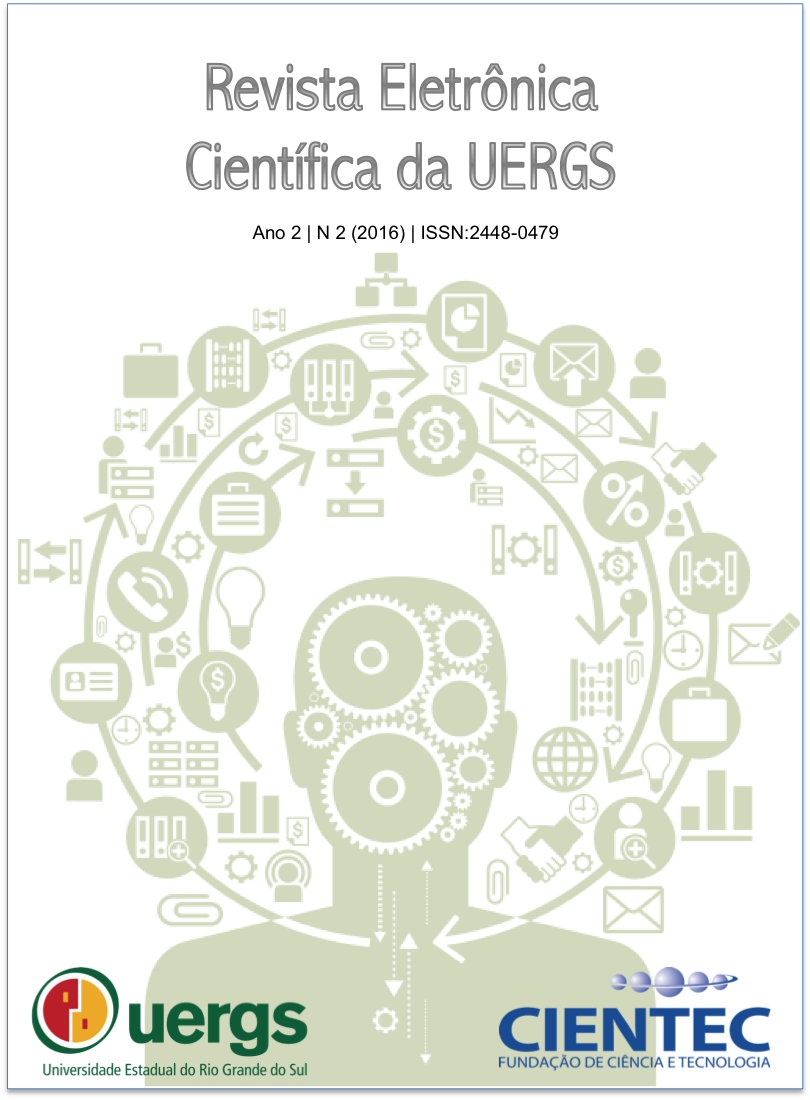Biorefinery of lignocellulosic biopolymers
DOI:
https://doi.org/10.21674/2448-0479.21.79-100Palavras-chave:
Biopolymers, Lignocellulosic biomass, Biorefinery, Degradability, High value added.Resumo
Lignocellulosic biomass has been widely investigated as a natural renewable source of feedstocks to produce high value added products which can replace energy and materials obtained from non-renewable sources. Polymers are products largely employed in industry in many different applications, which nowadays are mostly produced from petrochemical derivatives, generating huge amounts of waste of difficult treatment prior to disposal. In order to replace these polymers derived from petroleum, efforts have been made in the development of biopolymers, in the biorefinery context, derived from biomass possessing physicochemical properties similar to those derived from petroleum so that they can successfully replace these materials. A review on the different types of biopolymers obtained from biomass, as polysaccharides, lipids, proteins, polyesters produced by plants and microorganisms, and other assorted biopolymers is accomplished. An evaluation of physicochemical properties and applications of different types of biopolymers is approached. It is also discussed about the degradability of biopolymers differentiating oxo-degradability and biodegradability. A brief historic background about biopolymers is also exposed.Downloads
Não há dados estatísticos.
Downloads
Publicado
2016-04-30
Como Citar
Boneberg, B. S., Machado, G. D., Santos, D. F., Gomes, F., Faria, D. J., Gomes, L. A., & Santos, F. A. (2016). Biorefinery of lignocellulosic biopolymers. Revista Eletrônica Científica Da UERGS , 2(1), 79–100. https://doi.org/10.21674/2448-0479.21.79-100
Edição
Seção
ARTIGOS DE REVISÃO
Licença
A reprodução total dos artigos da Revista em outros meios de comunicação eletrônicos de uso livre é permitida de acordo com a licença Creative Commons Atribuição-NãoComercial-CompartilhaIgual 4.0 Internacional.

